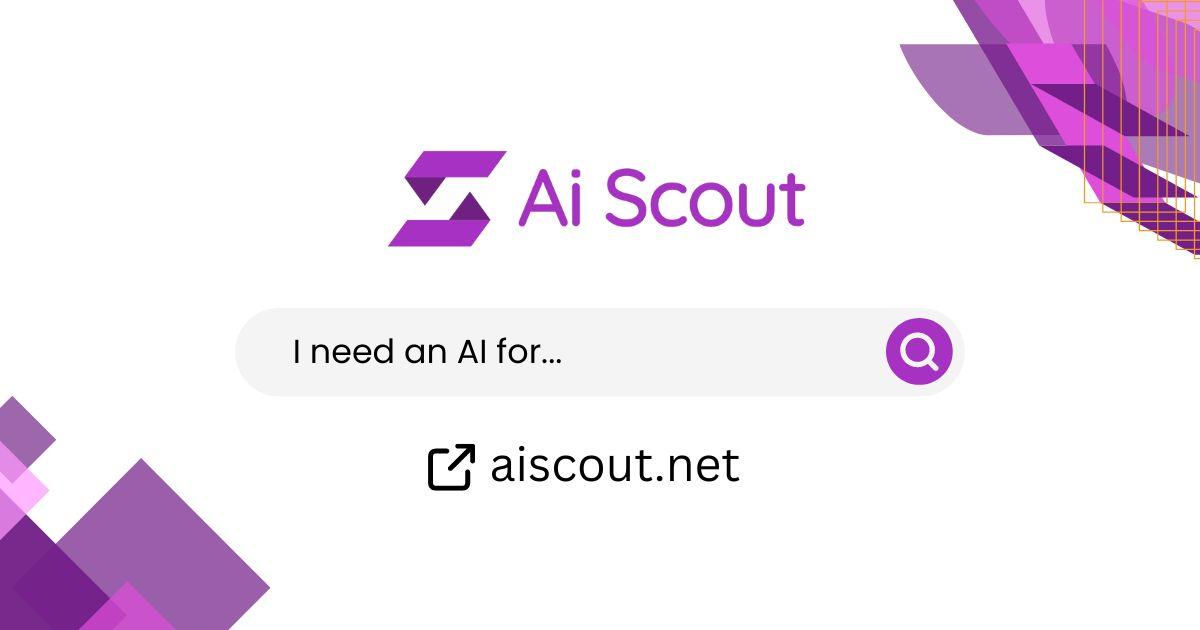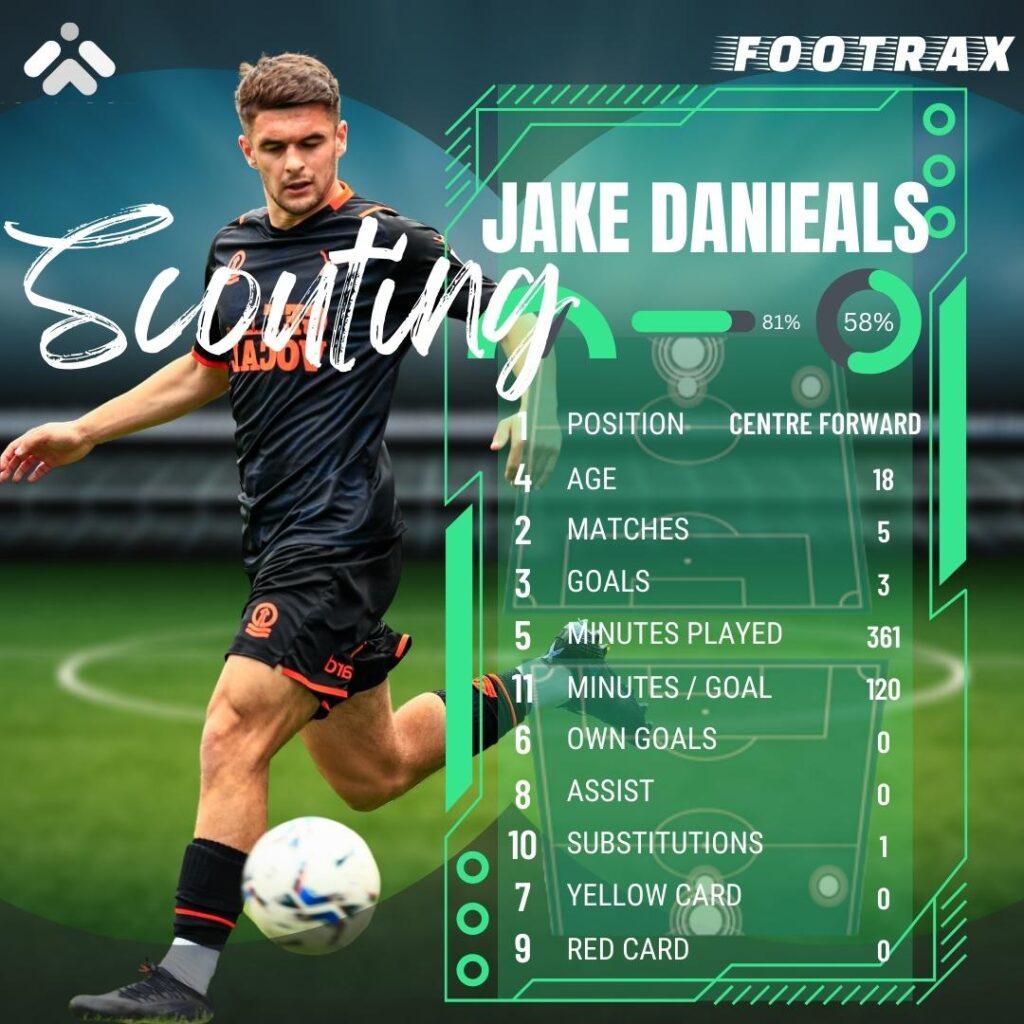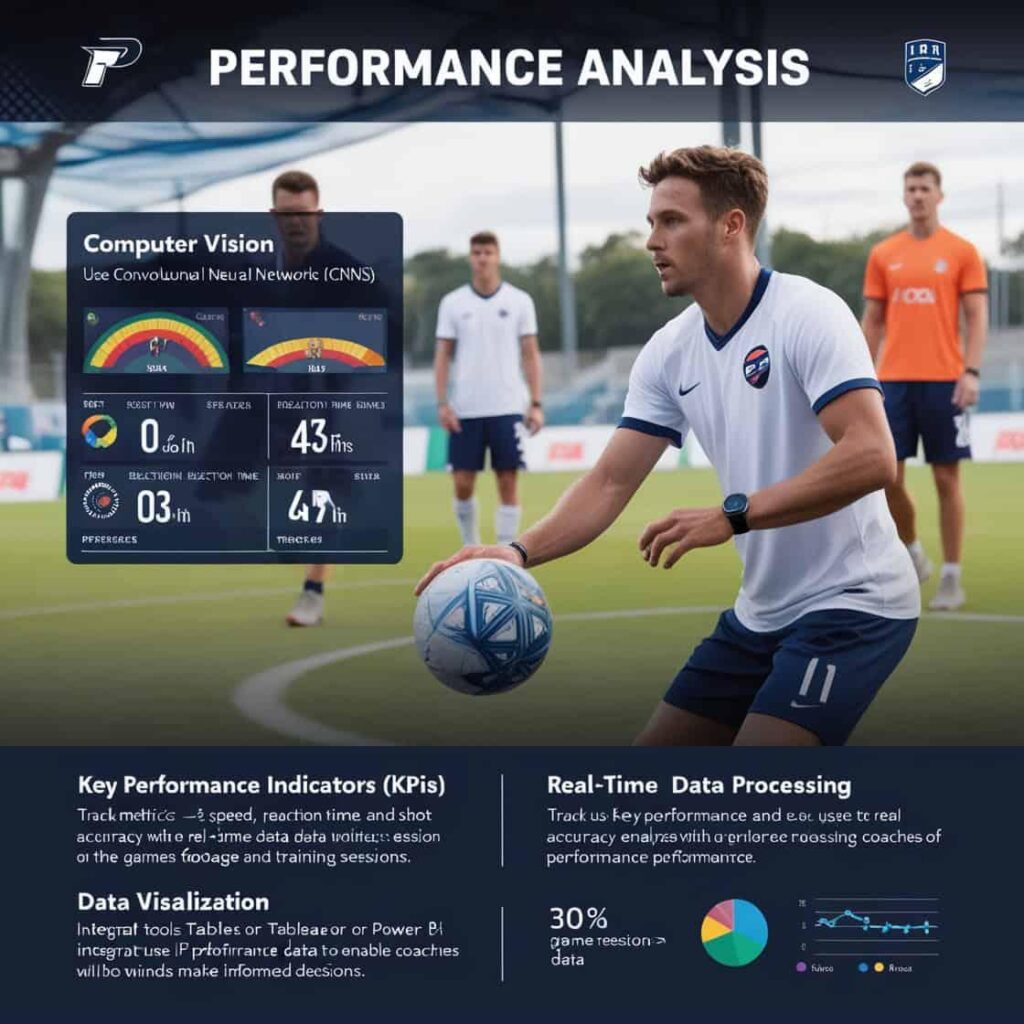In the high-stakes world of competitive sports, where every advantage counts, coaches are turning to an unexpected ally: artificial intelligence. Gone are the days of solely relying on intuition and traditional scouting reports. Today, AI is transforming how teams analyze their opponents, offering deep insights drawn from vast amounts of data that human eyes alone could never fully grasp. From deciphering patterns in play to predicting strategies before they unfold on the field, AI is becoming an indispensable tool in the coach’s arsenal. This article explores how cutting-edge technology is reshaping the scouting process, giving coaches a new lens through which to view and outsmart their competition.
Table of Contents
- Understanding the Role of AI in Modern Scouting
- Analyzing Opponent Patterns Through Machine Learning
- Leveraging Data Visualization for Strategic Insights
- Integrating AI Tools with Traditional Scouting Methods
- Best Practices for Coaches to Maximize AI Efficiency
- The Conclusion
Understanding the Role of AI in Modern Scouting
In today’s competitive sports landscape, artificial intelligence has become an indispensable tool in the arsenal of coaching staff. AI-driven platforms analyze vast amounts of data from past games, breaking down player movements, team formations, and tactical patterns with a precision that far surpasses human capability. This enables coaches to identify subtle tendencies and potential weaknesses in their opponents that might otherwise go unnoticed.
One of the most significant advantages AI offers is real-time adaptability. By processing live match data, AI systems can generate instant insights, allowing coaches to adjust strategies on the fly. For example, if an AI detects that an opposing striker is favoring their left foot during attacks, coaches can quickly instruct defenders to exploit this tendency, turning a minute observation into a decisive advantage.
Key AI contributions in scouting opponents include:
- Pattern recognition in team play and player behavior
- Predictive analytics for anticipating opponent moves
- Video analysis with automated tagging of critical events
- Comparison of player metrics across different matches
| AI Feature | Benefit | Example |
|---|---|---|
| Heatmaps | Visualize player positioning | Identifying zones of influence on the pitch |
| Performance Metrics | Quantify player effectiveness | Tracking pass completion and sprint speed |
| Behavioral Analysis | Detect tactical patterns | Spotting recurring set-piece strategies |
Analyzing Opponent Patterns Through Machine Learning
Modern coaching strategies have embraced AI to delve deep into the data trails left by opponents. By feeding vast amounts of game footage and statistical records into machine learning algorithms, coaches can identify subtle tendencies that often go unnoticed by the human eye. These patterns range from preferred play sequences to player positioning under pressure, allowing for a granular understanding of how an opponent operates during different phases of the game.
One of the most powerful aspects of this approach is the ability to predict future moves based on historical behaviors. Machine learning models continuously evolve as they ingest new data, refining their accuracy in spotting recurring strategies. For example, if a team frequently opts for a specific passing combination following a corner kick, AI can flag this as a high-probability event, enabling coaches to pre-emptively adjust their defensive setup.
Key insights extracted through AI analysis include:
- Most frequent attacking zones and times of engagement
- Player-specific tendencies under certain match conditions
- Patterns of formation shifts during critical moments
- Set-piece routines and their success rates
To illustrate the impact of AI-driven scouting, here’s a simplified comparison of pattern detection before and after machine learning integration:
| Aspect | Traditional Analysis | Machine Learning Analysis |
|---|---|---|
| Speed of Pattern Recognition | Hours of video review | Minutes through automated processing |
| Depth of Insights | Surface-level trends | Multi-dimensional player and team behaviors |
| Adaptability | Manual updates needed | Continuous learning with new data |
| Predictive Accuracy | Moderate | High, based on statistical modeling |
By harnessing these advanced analytical tools, coaches gain a strategic edge that transforms scouting from a reactive task into a proactive science. This not only sharpens game-day tactics but also informs long-term preparation against evolving opponent strategies.

Leveraging Data Visualization for Strategic Insights
In the competitive world of sports, raw data alone is overwhelming. Coaches transform this sea of numbers into vivid, interactive visualizations, enabling rapid comprehension of complex patterns and trends. By mapping player movements, shot distributions, and formation changes through dynamic charts and heatmaps, they can pinpoint an opponent’s strategic tendencies at a glance.
Visual storytelling is key: turning abstract statistics into compelling graphics helps coaching staff to communicate insights more effectively during team meetings. For instance, a heatmap showcasing the most frequently targeted zones by an opposing striker can highlight vulnerabilities in defense that might otherwise go unnoticed.
- Player efficiency ratings displayed as radar charts reveal multidimensional strengths and weaknesses.
- Time-series graphs track momentum shifts, showing how teams adapt during different phases of the game.
- Cluster maps group similar tactical patterns, uncovering hidden correlations across matches.
| Visualization Type | Purpose | Example Insight |
|---|---|---|
| Heatmap | Identify high-activity zones | Opponents favor right wing attacks |
| Radar Chart | Compare player skills | Midfielder excels in passing, weak in defense |
| Time-Series Graph | Monitor performance trends | Team loses possession after 60th minute |

Integrating AI Tools with Traditional Scouting Methods
Traditional scouting has long relied on the keen eyes and instincts of experienced coaches observing game footage and live matches. However, the incorporation of AI tools has transformed this process into a more data-driven and efficient approach. By blending human expertise with advanced algorithms, coaches can now analyze vast amounts of footage and player statistics in a fraction of the time it once took.
AI-powered platforms provide detailed heatmaps, player movement predictions, and tactical breakdowns that complement what scouts traditionally look for. For example, while a scout might focus on a player’s apparent strengths or weaknesses, AI can reveal hidden patterns such as off-ball positioning tendencies or fatigue levels over a match. This synergy between human judgment and machine precision helps form a fuller, more nuanced understanding of opponents.
Key benefits of combining AI with traditional scouting include:
- Faster video analysis with automated highlight generation
- Objective performance metrics reducing subjective bias
- Enhanced visualization tools making tactical trends clearer
- Ability to simulate different game scenarios based on data
| Traditional Scouting | AI-Enhanced Scouting |
|---|---|
| Manual video review | Automated clip generation |
| Subjective player ratings | Data-driven performance scores |
| Limited pattern recognition | Advanced tactical and movement analysis |
| Time-intensive process | Rapid insights delivery |
Ultimately, this integrated approach empowers coaches not just to react to opponents’ strategies, but to anticipate and counter them with greater confidence. The marriage of AI tools and traditional scouting methods is reshaping how game preparation is conducted, ensuring teams are better equipped to face the challenges on the field.

Best Practices for Coaches to Maximize AI Efficiency
To truly harness AI’s potential in opponent scouting, coaches should focus on integrating technology seamlessly into their existing workflows. AI tools excel at processing vast amounts of data rapidly, but their value multiplies when combined with human intuition. Coaches can maximize efficiency by setting clear objectives for AI applications, such as identifying key player tendencies or predicting strategic adjustments.
Data quality and relevance are paramount. Feeding AI models with up-to-date, comprehensive game footage and statistical databases ensures the insights generated are accurate and actionable. Coaches should regularly review and validate AI-generated reports, using them as starting points for deeper analysis rather than definitive conclusions.
- Customize AI parameters to focus on specific opponents or scenarios.
- Encourage collaboration between analysts and coaching staff to interpret AI findings effectively.
- Invest in ongoing training for staff to stay adept at leveraging emerging AI tools.
Here’s a quick guide on balancing AI insights with traditional scouting efforts:
| Aspect | Traditional Scouting | AI-Powered Scouting |
|---|---|---|
| Speed of Analysis | Slow, manual review | Instantaneous data processing |
| Depth of Insight | Relies on experience | Statistical pattern recognition |
| Adaptability | Flexible, context-aware | Improving with training data |
Ultimately, the best results arise when coaches view AI as a powerful assistant rather than a replacement. By maintaining a critical eye and blending AI’s analytical strengths with their own tactical expertise, coaches can craft more nuanced and effective game plans that keep them one step ahead.
The Conclusion
As AI continues to evolve, its role in sports scouting becomes increasingly indispensable. Coaches armed with advanced algorithms and data-driven insights can peer deeper into opponents’ strategies, uncover hidden patterns, and anticipate moves with unprecedented precision. While the human element of intuition and experience remains vital, AI acts as a powerful ally-transforming how teams prepare, compete, and adapt. In this fusion of technology and tradition, the future of competitive edge is not just about raw talent, but also about the smart use of artificial intelligence to outthink the game before it even begins.

